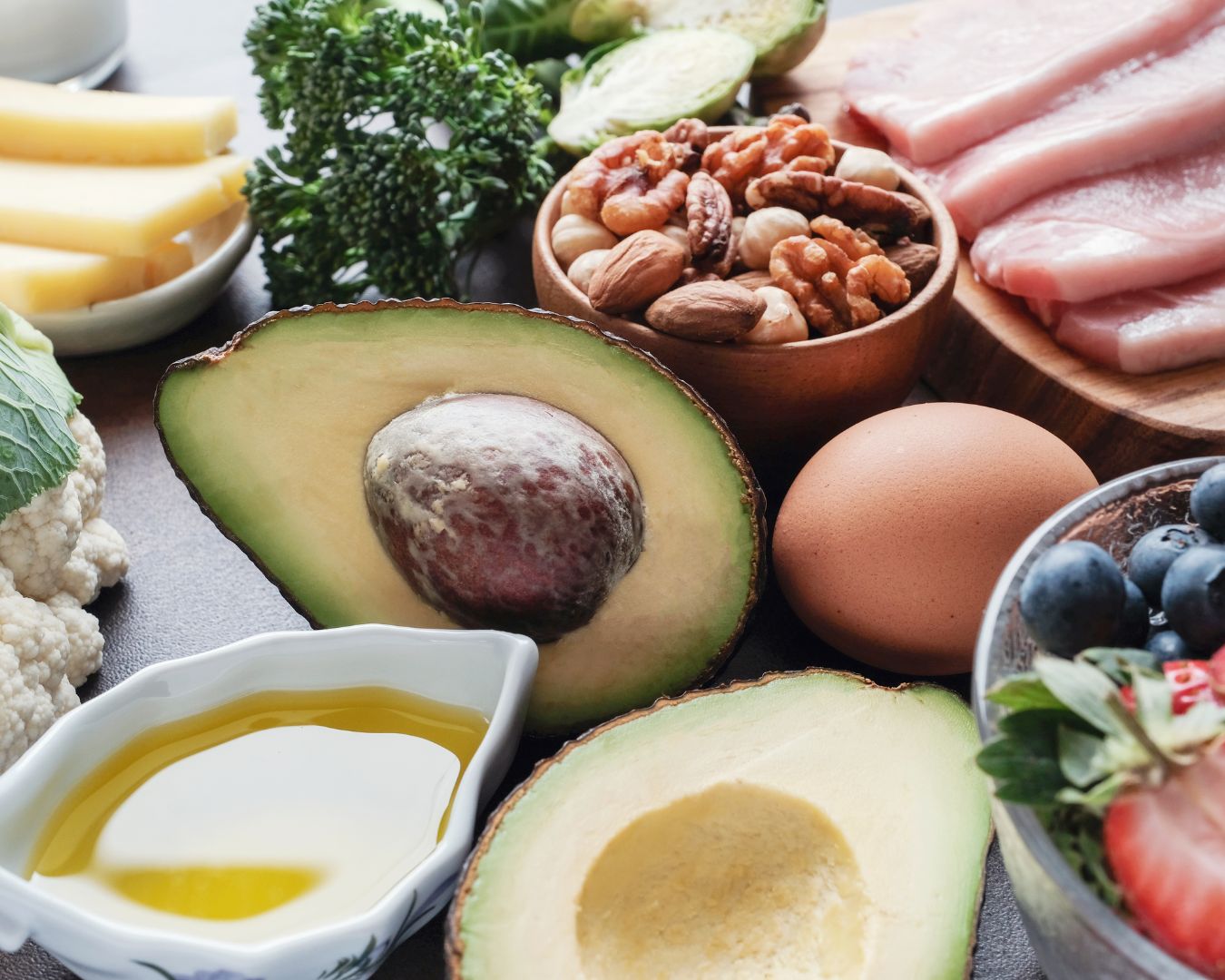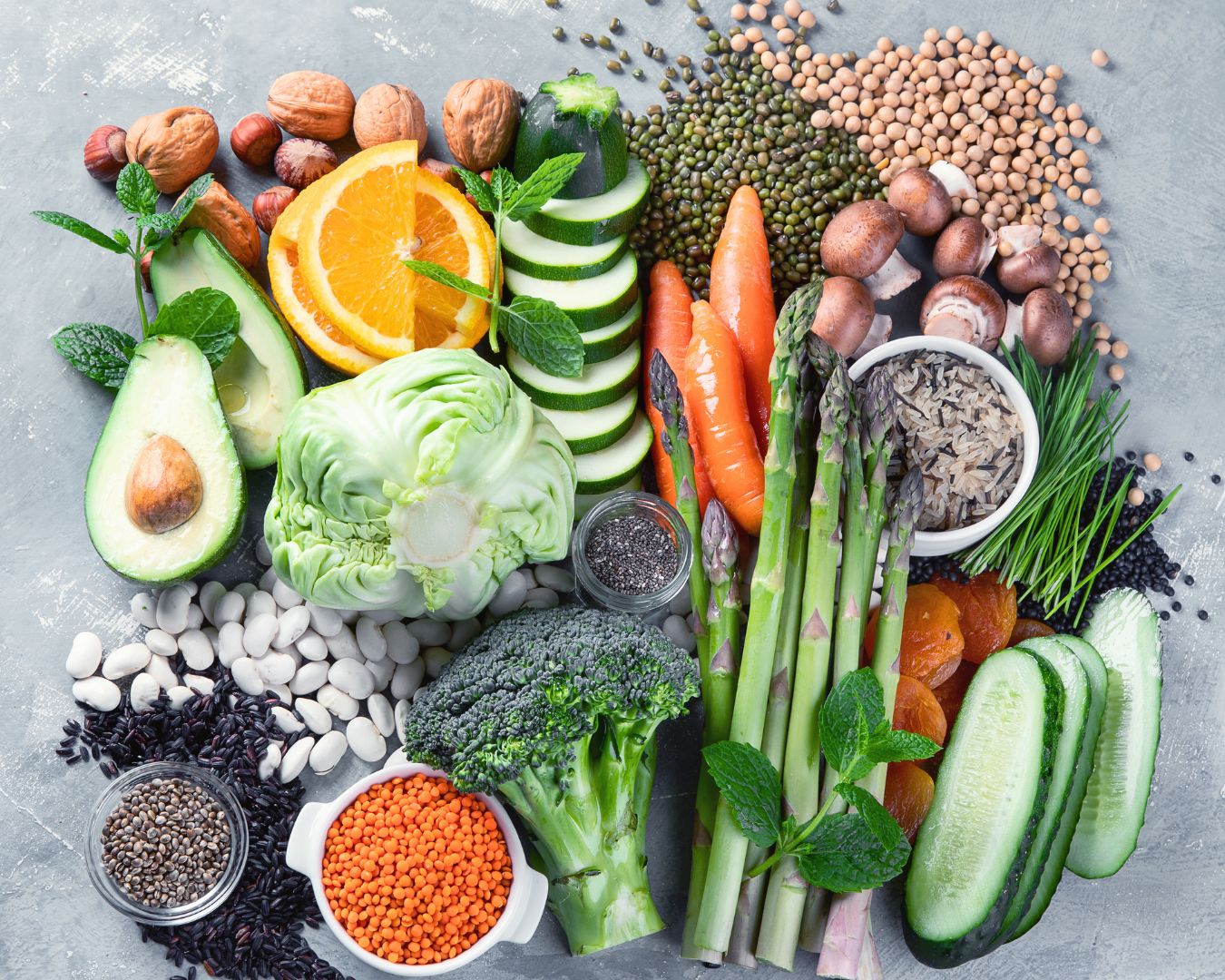Finding nutritious snacks that appeal to kids can sometimes feel like a challenge, especially when balancing taste, convenience, and health. The key is to offer snacks that are both fun and nourishing, helping to fuel their energy and growth while keeping them satisfied between meals. Here’s a guide to simple and healthy snack ideas that kids will enjoy and parents will appreciate. Fresh Fruit and Nut Butter Apple Slices with Almond Butter: Crisp apple slices paired with almond butter make a delicious and satisfying snack. The natural sweetness of apples combined with the creamy, protein-rich almond butter creates a balanced treat. You can also try this with pears, bananas, or even celery sticks. Fruit Kabobs: Thread chunks of fruit like strawberries, grapes, and melon onto skewers for a colorful and fun snack. For added protein, include cubes of cheese or a small dip of yogurt. Veggies and Dip Veggie Sticks with Hummus: Cut carrots, cucumbers, bell peppers, and celery into sticks and serve with a side of hummus. Hummus provides protein and healthy fats, while the veggies offer fiber and essential nutrients. Greek Yogurt Dip: Mix Greek yogurt with a bit of ranch seasoning or fresh herbs for a creamy dip that pairs well with raw vegetables. Greek yogurt is rich in protein and calcium, making it a great choice for growing kids. Whole Grain Snacks Homemade Trail Mix: Combine nuts, seeds, whole grain cereal, and a few dried fruits to create a custom trail mix. Avoid candies or chocolate to keep it healthy. Trail mix is great for a quick energy boost and provides a good mix of protein, fiber, and healthy fats. Whole Grain Crackers with Cheese: Pair whole grain crackers with slices of cheese for a crunchy, satisfying snack. Choose low-fat cheese options if you’re looking to reduce saturated fats. Dairy-Based Snacks Yogurt Parfaits: Layer Greek yogurt with fresh fruit and a sprinkle of granola or nuts. Yogurt parfaits are not only visually appealing but also provide a good balance of protein, calcium, and fiber. Cheese and Fruit Combos: Create bite-sized combos with cubes of cheese and pieces of fruit like grapes, apple slices, or berries. This combination offers a good mix of protein, calcium, and vitamins. Nutritious Smoothies Fruit and Veggie Smoothies: Blend together fruits like bananas, berries, and spinach with a splash of milk or yogurt for a tasty and nutrient-packed smoothie. Adding a handful of oats or flaxseeds can boost the fiber content. Frozen Fruit Pops: Blend fruits like mango, pineapple, and strawberries with a bit of coconut water or yogurt, pour into popsicle molds, and freeze. These homemade fruit pops are a refreshing and healthy alternative to store-bought ice creams. Protein-Packed Snacks Hard-Boiled Eggs: Prepare a batch of hard-boiled eggs and keep them in the fridge for a quick snack. They’re rich in protein and can be seasoned with a little salt and pepper for added flavor. Edamame: Steamed edamame (young soybeans) is a great source of protein and fiber. Serve them warm or chilled with a sprinkle of sea salt. Fun and Creative Ideas DIY Snack Mix: Let kids create their own snack mix by choosing from a selection of healthy ingredients like popcorn, pretzels, nuts, seeds, and dried fruit. This makes snacking more interactive and fun. Frozen Banana Bites: Dip banana slices in a bit of yogurt and freeze them for a cool and creamy treat. You can also roll them in crushed nuts or granola for extra crunch. Healthy snacks don’t have to be boring or bland. With a little creativity, you can provide your kids with nutritious options that are both delicious and satisfying. By incorporating a variety of fruits, veggies, whole grains, and protein-rich foods, you can create a snack repertoire that supports their growth and keeps them energized throughout the day. Whether it’s fruit kabobs, veggie sticks with dip, or homemade trail mix, these snacks are sure to be a hit with kids and parents alike. Enjoy snacking!










